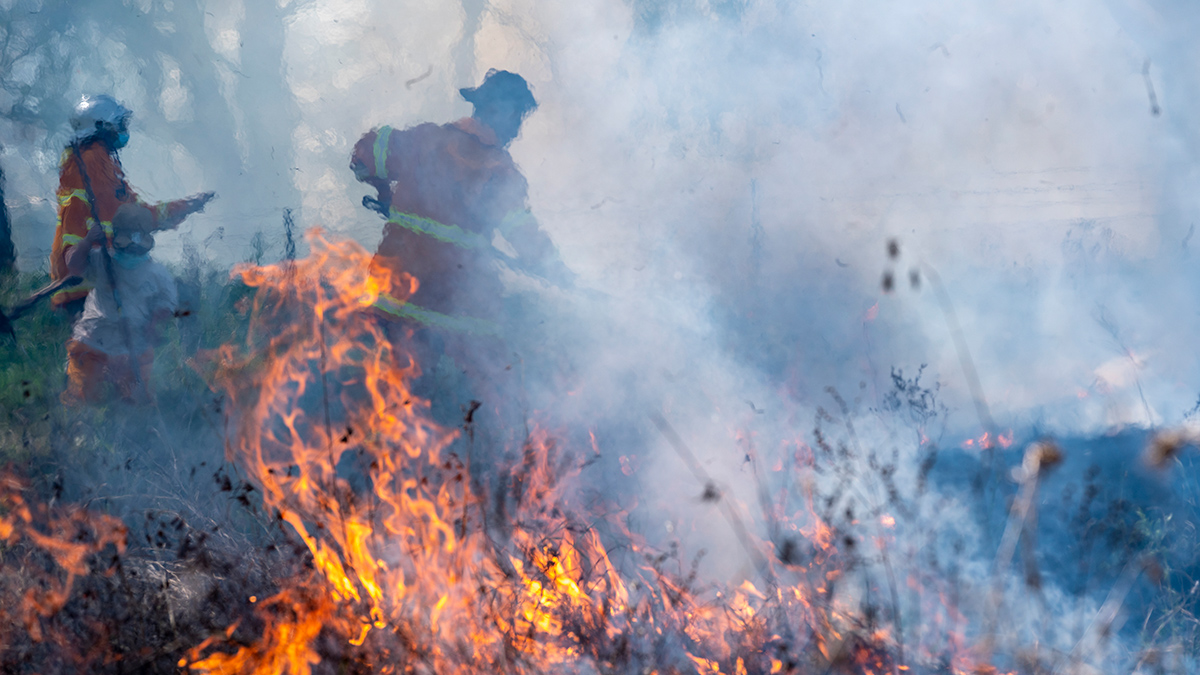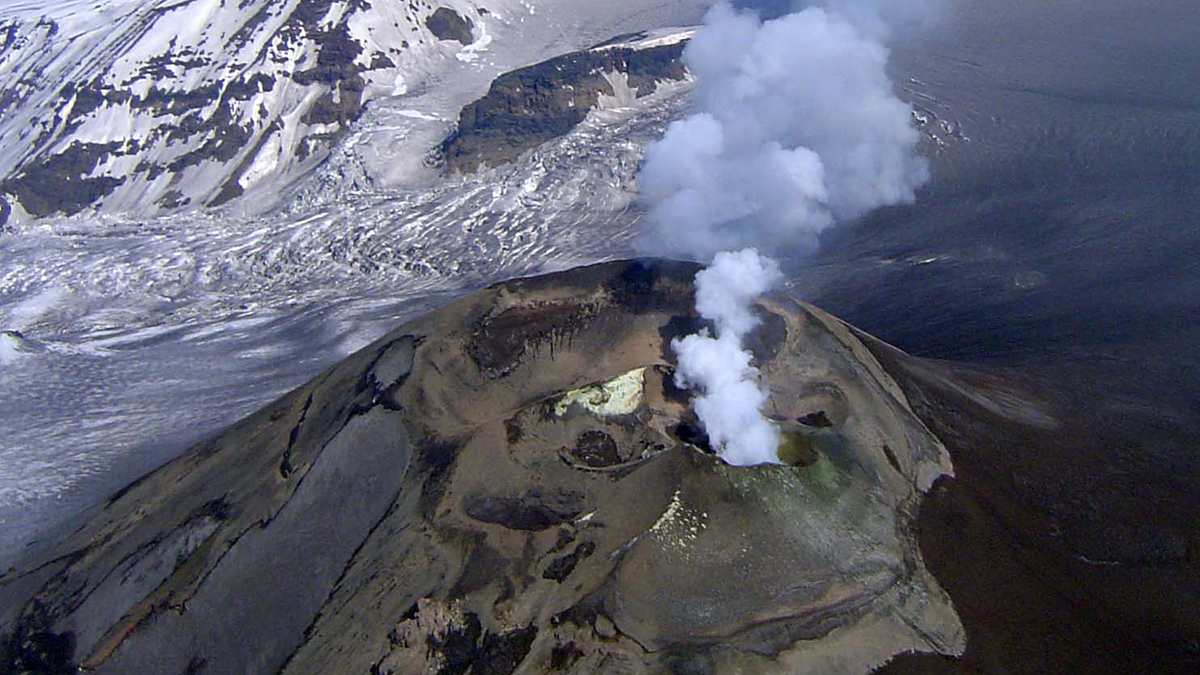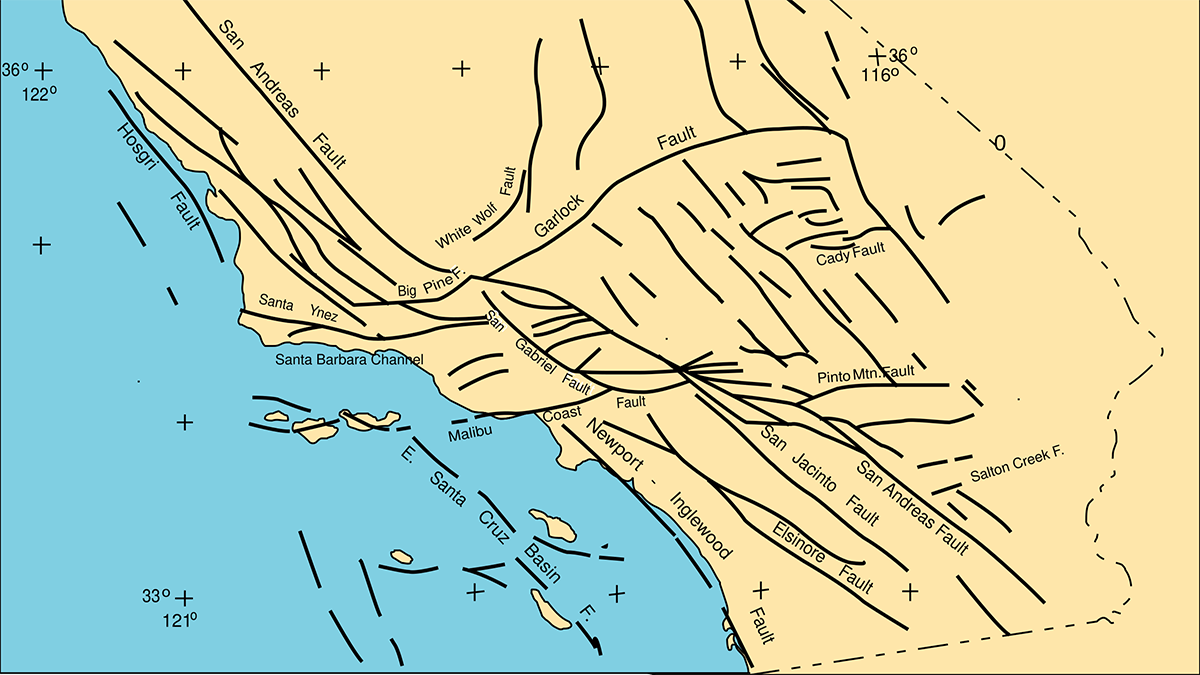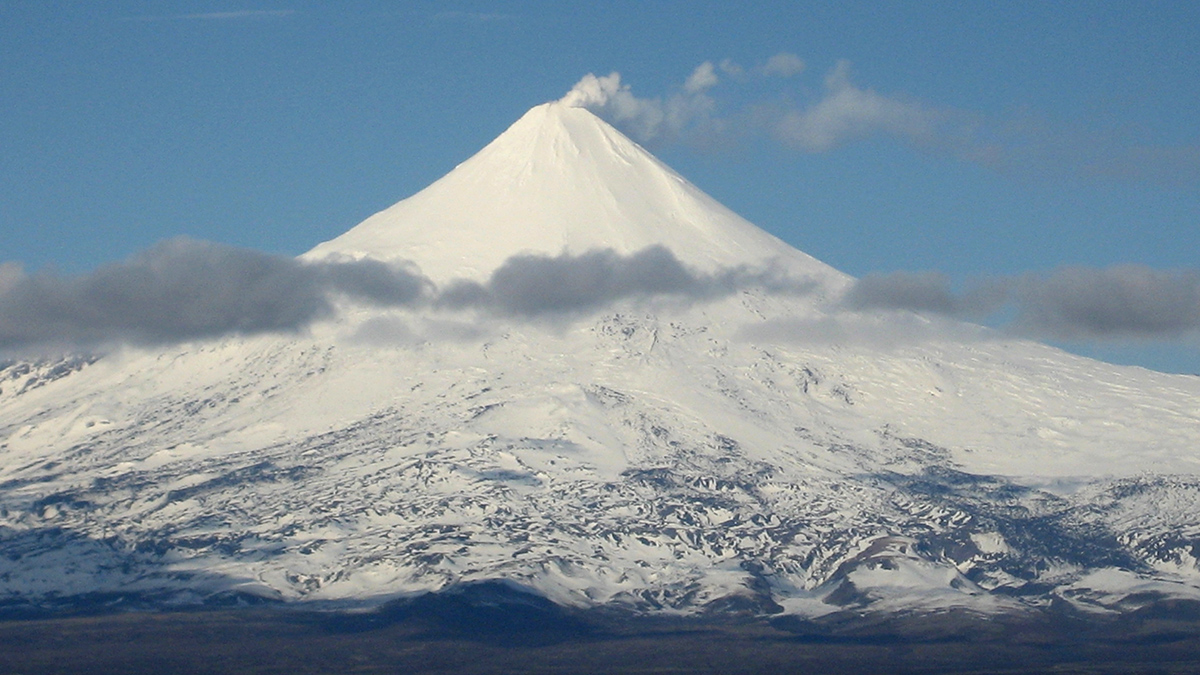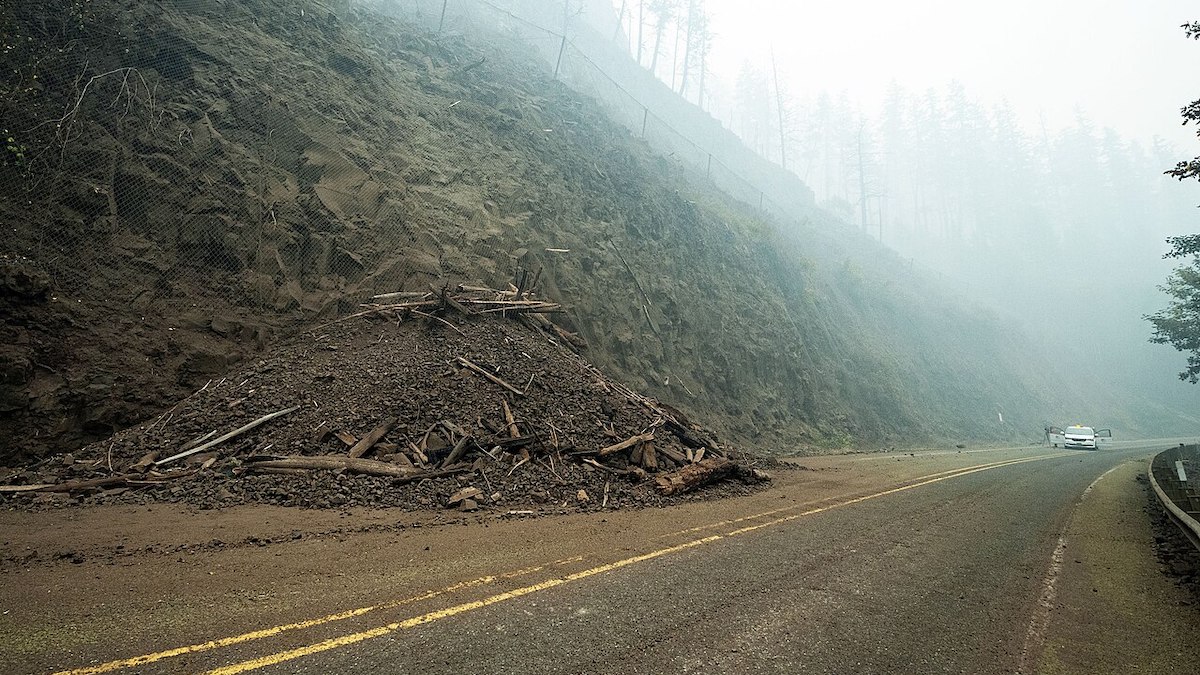Al alterar prácticas milenarias de gestión del fuego, la colonización creó una situación mortal en los bosques australianos, pero aún no se sabe hasta qué punto se extendió la “quema cultural”.
Natural hazards
Six Thousand Years of Controlled Burning, Up in Smoke?
By disrupting millennia-old fire management practices, colonization created a deadly situation in Australian forests, but the jury is out on just how widespread “cultural burning” was.
A New Tornado Database Helps Researchers Worldwide
Thanks to unique geography and atmospheric conditions, the United States is a tornado hot spot, but these deadly whirlwinds also hit Africa, Asia, and Latin America.
Antarctic Ice Melt May Fuel Eruptions of Hidden Volcanoes
More than 100 volcanoes lurk beneath the surface in Antarctica. Ice sheet melt could set them off.
Improving Earthquake Early Warning Access for the Deaf Community
Earthquake early warning systems are rarely accessible to people who are deaf or hard of hearing. A group of scientists is working to change that.
Alaska’s Mount Veniaminof Volcano Is Stealthy—Here’s Why
New research explains why Mount Veniaminof erupts without the usual warming signs.
Climate Change Amplified the Effects of Extreme Rainfall in Nepal
A new study indicates that rapid urbanization and deforestation also contributed to devastation caused by floods and landslides in 2024.
Creeping Faults May Have Simpler Geometries
A recent study offers an alternative perspective on why some fault segments slide smoothly, whereas others get stuck and produce earthquakes.
Glaciers near Active Volcanoes Flow Faster
Monitoring glacier velocity could help predict volcanic activity, a study of more than 210,000 glaciers suggests.
Mapping Landslide Risk in the United States and Puerto Rico
A new method provides highly accurate continental-scale landslide susceptibility maps that are being used in the aftermath of Hurricane Helene.

